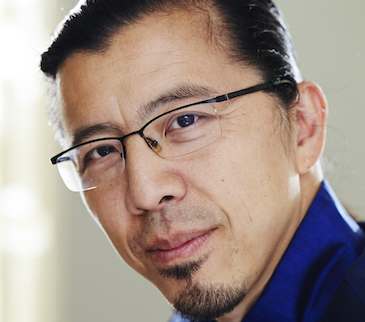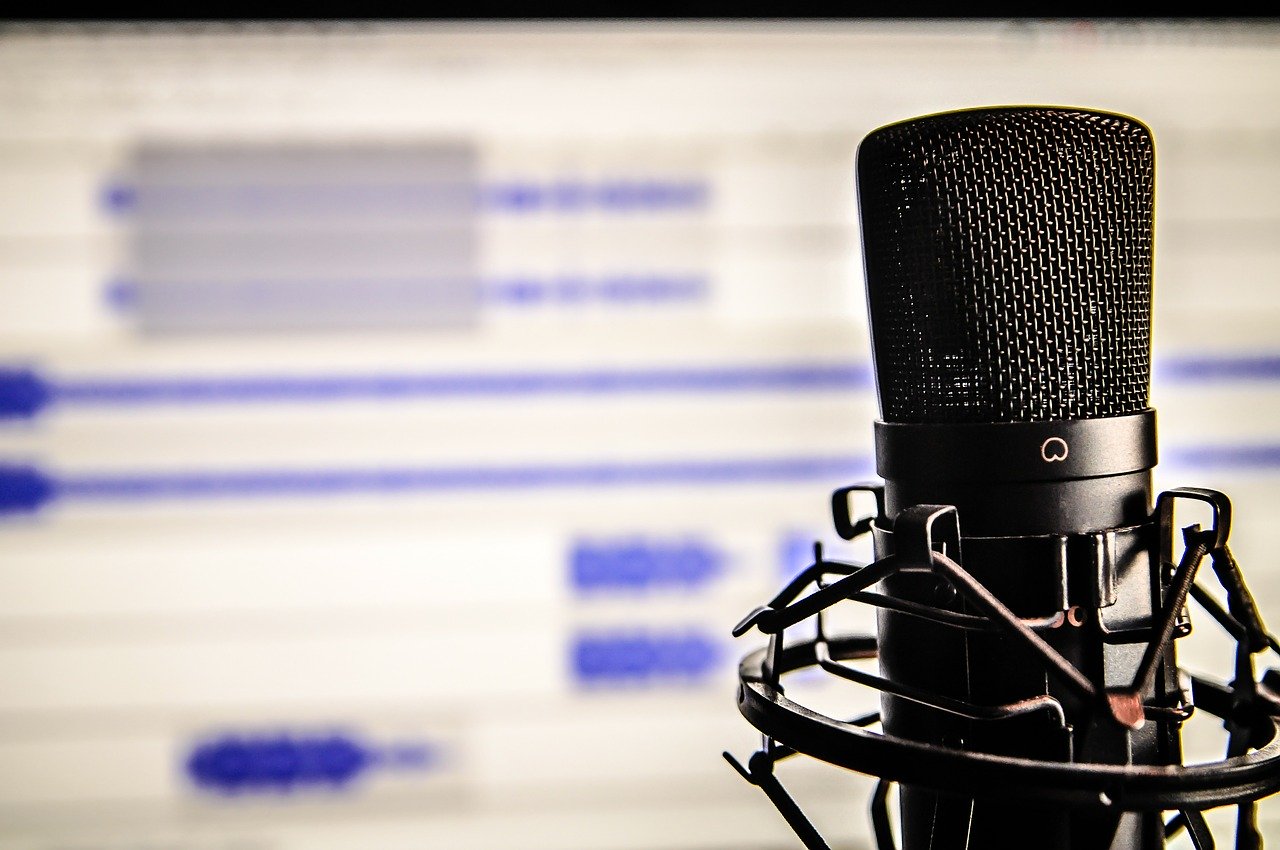Making a good recording for a competition or sample is not complicated. You don’t have to be an audio engineer or even an audio aficionado to get high-quality audio; you just have to understand a few basic principles. Much of audio engineering comes down to three main factors: the position of the microphone and musical instrument, the type of microphone, and the acoustics of the recording space.
Recording a Flute
Many people use their phones to make recordings because they are tools they already have and use. The problem with this approach is that a smartphone microphone is omnidirectional. It records everything around it at once, rather than the best direction for the specific instrument. Each instrument produces sound differently. For instance, I have lots of experience recording the flute. The flute’s natural sound goes up, while the breathing sounds the musician makes goes straight out. For this reason, I usually place microphones 2-3 feet above the flutist, which allows me to capture the flute sound without the breathing sounds. Directional microphones help get the best of the instrument sound and eliminate other background noise.
Use External Microphone.
A major way to improve the sound of a smartphone recording is to use an external microphone. Audio-Technica, SHURE, and other brands make directional shotgun microphones for smartphones. They also come with extension cables, so you can accommodate something larger like a cello or a drum set, and they’re relatively inexpensive. They all plug in the same way and allow you to point a shock-mountable microphone towards your instrument. These simple microphones cost around 60 dollars on Amazon. Here are links to the Audio-Technica ATR-6550 , Shure SM 57-LC, and Rode VideoMicro microphones. The key is to use the right type of microphone and position it in the correct spot towards your instrument. Read more about microphones here.
Try Recording In a Closet.
The space where you record is also very important. A space that’s very boomy or reflective like a bathroom bounces sounds off the walls, creating extra noise and echoes. If you can’t find a good spot to record at home, try a closet. Clothes act as an absorptive material, reducing the sound bouncing off the walls. You might be surprised. Putting your smartphone with that cheap external directional microphone in your closet and positioning it towards you will produce a decent recording. Read more about placing your microphones here.
More Advanced Audio Gear.
Now if you want to take your recording a step further and have a few hundred dollars to spend, you can purchase an external preamp or recording interface. Focusrite makes great interfaces with many useful features. In addition to recording microphones, the interface can accommodate line-in recording and multiple channels. If you’re using a keyboard, you could plug it directly into the interface, and record that way. The interface is USB-powered, so it plugs directly into your computer, and the drivers are easy to download and set up.
Editing Your Recording.
After the microphone and recording interface, the final step would be a recording program for editing sound files. The industry standard recording programs are paid applications like Sound Forge, Pro Tools, REAPER, or Audition. You can also get a free program like Audacity. Audacity does a great job of inputting signals from an external recording interface. If you are generally intimidated by learning new technology, step-by-step tutorials on YouTube will walk you through anything you might want to do. YouTube has become a great learning interface for Audacity. Realistically, anything free should work well if you’re doing just a single channel. The Voice Memos app on smartphones works well, assuming you’re recording audio only. Read more about recording for a classical music competition.
It’s difficult to be both a professional musician and a recording engineer. If you go down the recording path it can get difficult and expensive. You have to find a balance. But those simple pieces of equipment can make a great deal of difference in your recording quality.
#college , #business

Michael Primeau
Michael Primeau obtained his Bachelor of Science in Audio Engineering Technology from Lawrence Technological University in Southfield, MI. He began his career as a forensic expert at Primeau Forensics, LTD. in 2009. While Michael has actively worked in the audio and video forensic industry for 8 years, he grew up around it through his father, Edward Primeau. Edward Primeau founded what is now known as Primeau Forensics, LTD. in 1984, 7 years before Michael’s birth. You could almost say that he was born to be a forensic expert.
Michael is currently a member of LEVA (Law Enforcement and Emergency Services Video Association), AES, and IAI. He has completed training through LEVA in Video Forensic Analysis and Photographic Video Comparison. He has also completed training with the University of Colorado Denver Center for Media Forensics in Forensic Audio Authentication and Audio Enhancement and Forensic Image Authentication. He has also certified as a Forensic Video Technician through LEVA. He has worked on investigations ranging from cases in the United States to those in Sweden and Canada. Along with actively working on cases, Michael has consulted with the media on several cases including appearing on The Travel Channel’s popular TV Series Expedition Unknown.
Michael has recorded many classical musicians in Michigan including Sharon Sparrow, Alyssa Primeau, Rudolf Ozolins and many others.



Comments are closed.